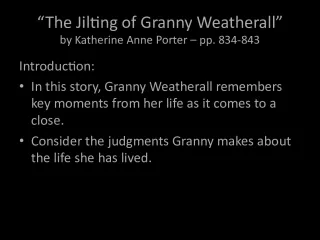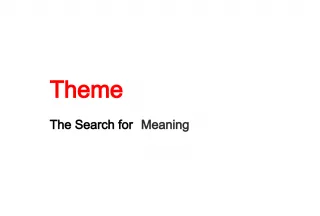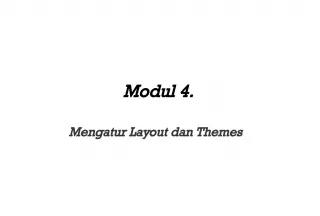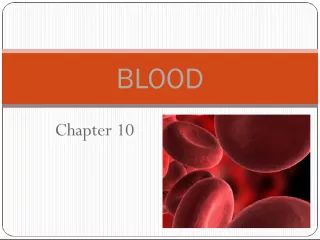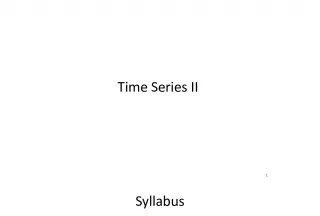An Analysis of Themes in The Scarlet Letter
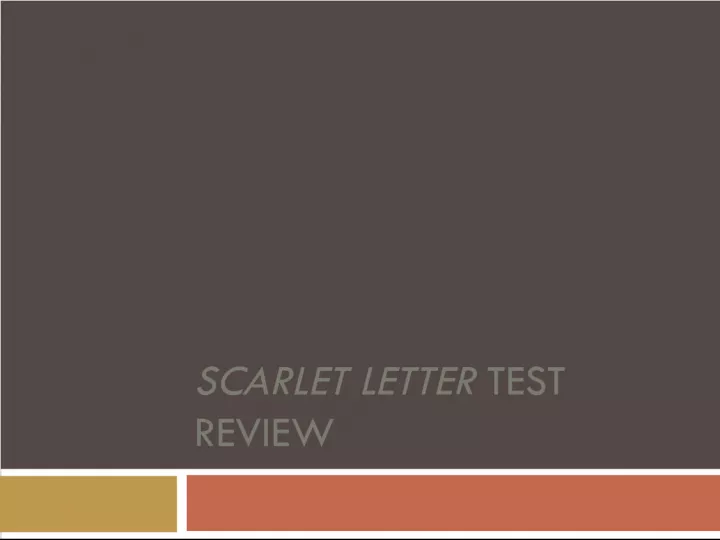

This article explores the themes of individuality and society, integrity, and symbolism in Nathaniel Hawthorne's The Scarlet Letter. It assigns significance to pivotal scenes and asks important questions about the meaning of being an American.
- Uploaded on | 0 Views
-
 dennic
dennic
About An Analysis of Themes in The Scarlet Letter
PowerPoint presentation about 'An Analysis of Themes in The Scarlet Letter'. This presentation describes the topic on This article explores the themes of individuality and society, integrity, and symbolism in Nathaniel Hawthorne's The Scarlet Letter. It assigns significance to pivotal scenes and asks important questions about the meaning of being an American.. The key topics included in this slideshow are The Scarlet Letter, Nathaniel Hawthorne, individuality, society, integrity, symbolism, American identity,. Download this presentation absolutely free.
Presentation Transcript
1. SCARLET LETTER TEST REVIEW
2. How does Hawthorne answer our classs two essential questions: How do you balance the needs of the individual with the needs of society? Also, think about this question with specific regard to Hester, Dimmesdale, and Chillingworth how do their individual needs conflict with societal needs? What does it mean to be an American?
3. Which character in the story displays the most integrity? Justify your answer. There are three scenes throughout the story which take place at the scaffold. What are the three scenes, and what significance does the scaffold play throughout the story?
4. Is it fair to look at Hester as a heroic character? Why or why not? Examine the following argument: As Dimmesdale confesses on the scaffold, Dimmesdale regains his soul, Pearl gains her humanity,and Hester loses her dream. What does each of these claims means, and do you agree that the claims are accurate?
5. On a symbolic/allegorical level, what role does Pearl play throughout the novel? How does this change after the final scaffold scene?
6. In what ways does The Scarlet Letter fit into our definition of Romanticism? In what ways does it not? What questions does Hawthorne pose in relation to: Sin Guilt Revenge Innocence The relationship of men to women?
7. Both Hester and Dimmesdale fight through internal struggles throughout the story: Hester: Passion v. Discipline Dimmesdale: Hypocrisy v. Desire to do good Is he right, at the end, to choose confession and escape over his relationship with Hester?
8. Most of us instinctively side with the rebel, the nonconformist. But society in this novel has a good deal to be said for it. It has assurance, dignity, strength. We can argue that Hester is right in her assertion that fulfillment and love are worth fighting for. And we can argue, with just as much validity, that society is right in its joyless insistence that adultery is a crime deserving of punishment.
9. You have your pure-pure young parson Dimmesdale. You have your beautiful Puritan Hester at his feet. And the first thing she does is to seduce him. And the first thing he does is to be seduced. And the second thing they do is to hug their sin in secret and gloat over it, and try to understand. Which is the myth of New England.
10. In The Scarlet Letter, passion justifies nothing, while its denial justifies all. The fallen Eden of this world remains fallen; but the sinful priest purges himself by public confession, becomes worthy of his sole remaining way to salvation, death. Even Hester, though sin and suffering have made her an almost magical figure, a polluted but still terrible goddess, must finally accept loneliness and self-restraint instead of the love and freedom she dreamed.
